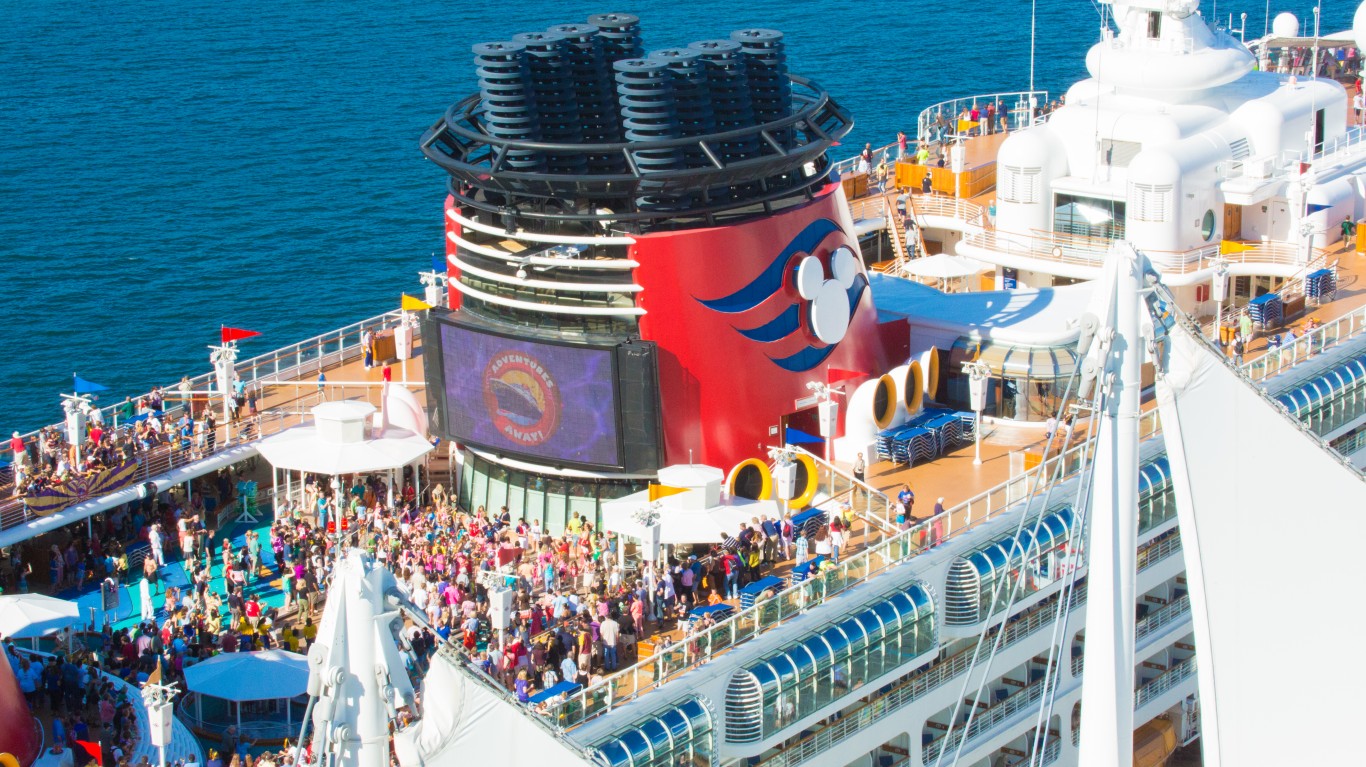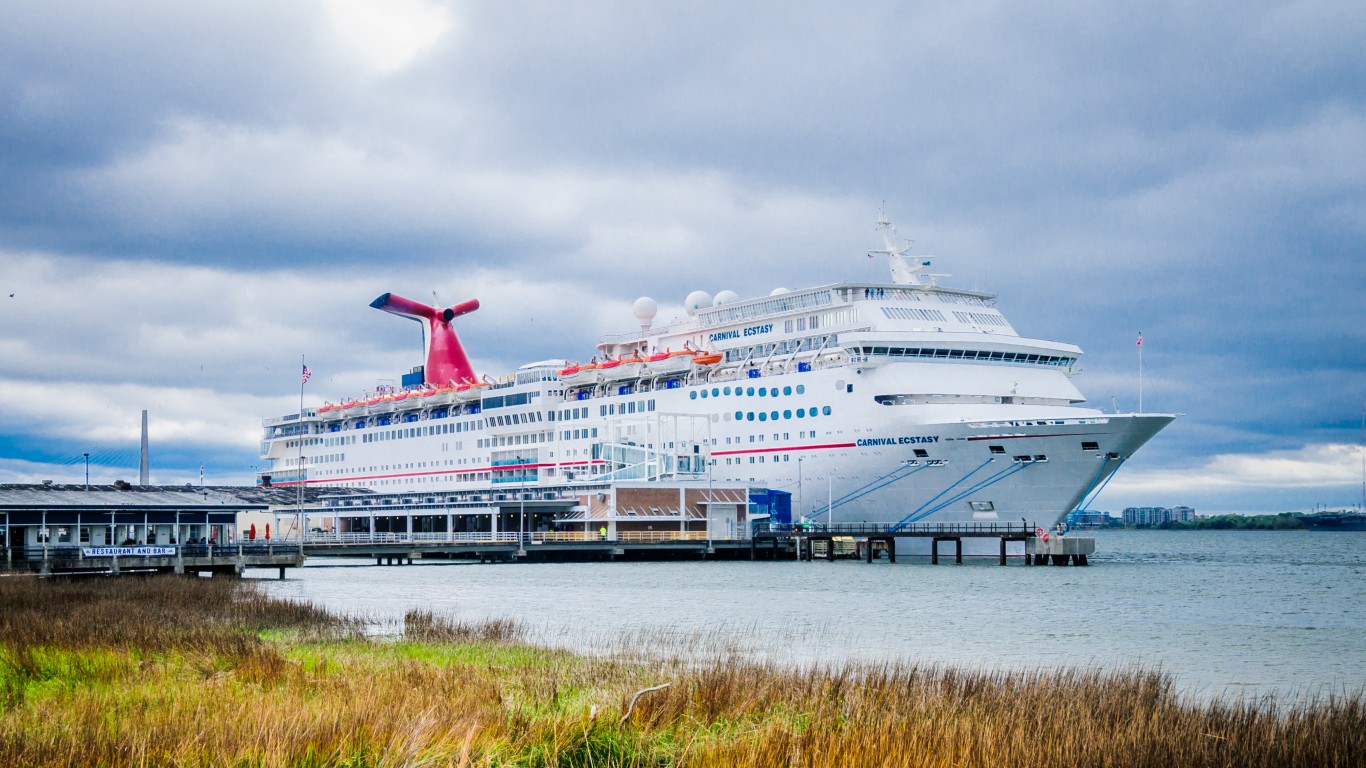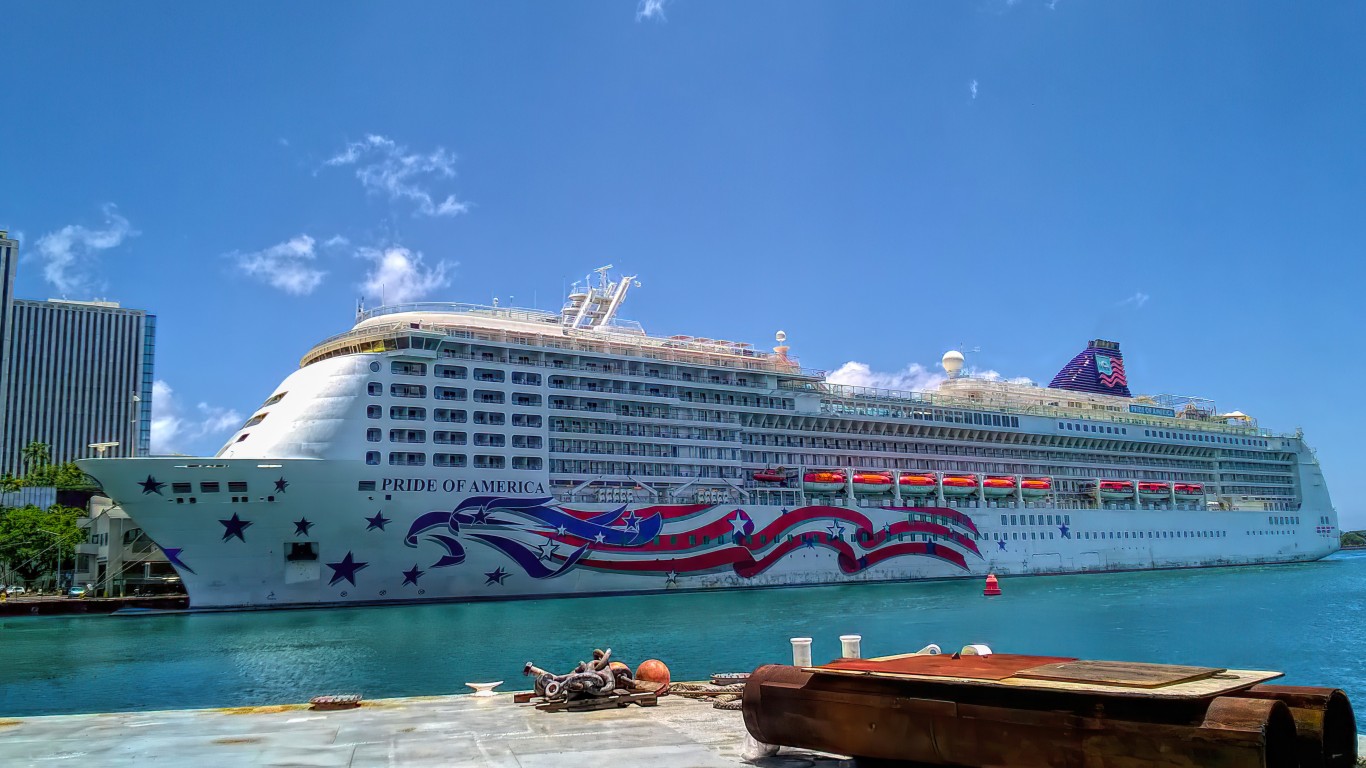Investing
Carnival, Norwegian, or Royal Caribbean: Which Cruise Stock Is the Best Buy Today?

Published:

The cruise industry was arguably the worst-hit during the pandemic. Forced to remain in port for months after virtually every other business was allowed to reopen, cruise operators had to take on enormous amounts of debt to survive.
Fortunately, pent up demand for travel and tourism helped rescue the industry. Strong bookings led to surging revenue, profits, and margins. Now that the cruise lines are sailing the high seas again, though stock prices are still below pre-pandemic highs, let’s see which of the largest cruise operators is the best one to buy.

The biggest cruise ship operator is Carnival (NYSE:CCL). At the end of its fiscal 2023 year, it had 92 ships across nine different brands including its namesake cruise line, Princess Cruises, Holland America, Aida Cruises, and Costa Cruises. Of the more than 701,000 global passenger capacity of the industry, Carnival’s capacity was 263,300, or nearly 38% of the total. Since last December, Carnival took possession of four more ships that added nearly 17,000 additional passenger capacity.
Business is booming. Passenger cruise days (PCDs) are up 14% to 47.8 million over the first six months of the current year, helping to boost revenue 20% to $11.2 billion. Carnival generated $806 million in operating income, a significant turnaround from the $52 million loss it incurred last year. Second quarter revenue of $5.8 billion was a record for the cruise ship operator.
Yet Carnival is still weighed down by its massive debt load. Although it paid down more than $1.3 billion worth over the past year, it still has over $27.1 billion of long-term debt on its balance sheet versus $1.6 billion in cash and equivalents. However, it ended the quarter with $4.6 billion in available liquidity.
Over the past two years, CCL stock is up 59% compared to a 35% gain by the S&P 500. Trading at 10 times earnings estimates, a fraction of sales, and 12 times free cash flow, Carnival looks like a stock to buy at these levels.

At the other end of the spectrum is the smallest cruise operator, Norwegian Cruise Line Holdings (NYSE:NCLH), with 32 ships and three brands: the Norwegian name, Oceania Cruises, and Regent Seven Seas Cruises. Its business has sprung back as well and it expects to add an additional 13 ships to its fleet over the next decade or so.
Year-to-date revenue of $4.5 billion is up 13% from last year helping it to turn an operating profit of $181 million compared to losses of $73 million a year ago. Its PCDs are up 8% year-over-year to 12.2 million for the first two quarters of 2024.
Like Carnival, it was forced to take on a lot of debt and at the end of the second quarter, it had $11.9 billion in long-term debt. That’s a substantial amount considering it has a third of the ships Carnival does but 44% of the debt load. It helps explain why Norwegian Cruise Line is the worst-performing cruise operator. Its stock is up 27% over the past two years, lagging behind the benchmark index.
While NCLH trades at substantial discounts to the market and its peers, it has also been burning cash with negative free cash flow of $428 million over the last 12 months. It could be rough seas ahead for Norwegian Cruise Line.

The second-largest cruise operator with 68 ships across five brands is Royal Caribbean Cruises (NYSE:RCL). The mid-tier cruise ship stock has been by far the best performer of the three. Where both Carnival and Norwegian are taking on water this year with their stocks down 15%, Royal Caribbean is riding the wave higher by 20%.
Over the past two years, its stock has soared 274%. Over the past five years, where its rivals have lost two-thirds of their value, RCL stock is up 44%. That still trails the S&P 500’s 81% gain, but is by far the industry’s best.
As it is also the parent of Celebrity Cruises and Silversea Cruises, Royal Caribbean has a reputation for focusing on the experience. Its ships often feature innovative amenities, such as surf simulators, rock climbing walls, and diverse dining experiences, which enhance the overall guest experience. It is arguably also considered a more upscale cruise operator than the larger Carnival.
Of course, it also depends on the length of the cruise one takes. A two- or three-day voyage can have a more party-like atmosphere than an extended stay cruise that will typically have more families, regardless of the ship your on.
Still, revenue is up 22% this year to $7.8 billion while operating income rocketed 77% higher to $1.8 billion. Royal Caribbean was the only one of the three that also reported profits last year, or $1 billion.
Yet with RCL stock having climbed so far so fast, have you missed out? Wall Street still expects Royal Caribbean to grow earnings at a 30% compound annual growth rate for the next five years. With shares trading at a discount to earnings and its growth, RCL stock looks like the top cruise ship stock to buy.
Retirement can be daunting, but it doesn’t need to be.
Imagine having an expert in your corner to help you with your financial goals. Someone to help you determine if you’re ahead, behind, or right on track. With SmartAsset, that’s not just a dream—it’s reality. This free tool connects you with pre-screened financial advisors who work in your best interests. It’s quick, it’s easy, so take the leap today and start planning smarter!
Don’t waste another minute; get started right here and help your retirement dreams become a retirement reality.
Thank you for reading! Have some feedback for us?
Contact the 24/7 Wall St. editorial team.